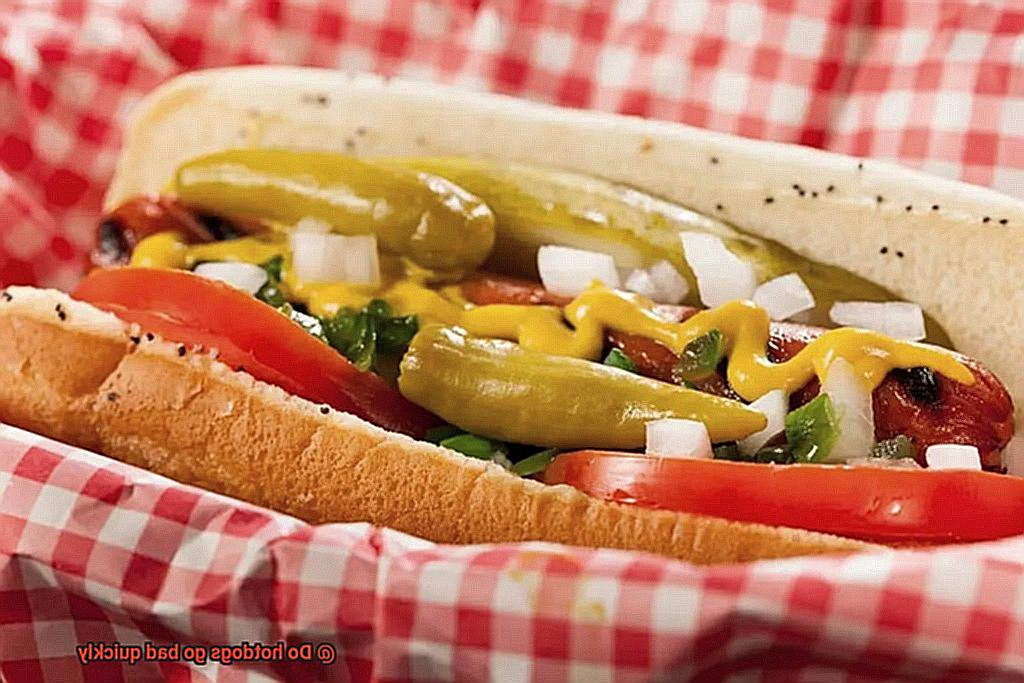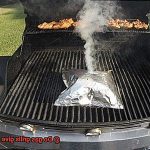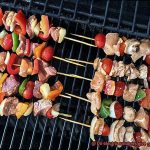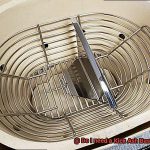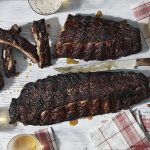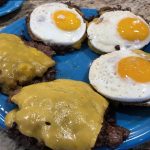Welcome to another tantalizing post all about the art of smoking ribs.
If you’re like me and crave tender, juicy, and flavor-packed ribs, then you’ve stumbled upon the right place. Today, we’re going to tackle a burning question that often arises when it comes to preparing the perfect rack of ribs: “Do I flip ribs when smoking?”
Get ready to dive into the world of rib-smoking as we uncover whether flipping those bad boys during the cooking process is truly necessary. From selecting the perfect wood and seasoning combo to nailing that ideal temperature, we’ll be your trusty guide on this finger-licking journey.
So, grab your apron, fire up that smoker, and let’s unlock the secrets behind creating ribs so mouthwatering that your guests will be begging for seconds.
Contents
What is Flipping Ribs?
In this article, we’ll delve into the advantages and disadvantages of flipping ribs, helping you make an informed decision on this sizzling topic.
Advantages of Flipping Ribs:
Even Cooking:
Flipping the ribs ensures that both sides receive equal exposure to heat and smoke, guaranteeing even cooking throughout the meat. No more disappointment of biting into a perfectly cooked side only to find a slightly raw portion on the other.
Bark Development:
The bark, that tantalizing caramelized outer layer of the ribs, develops better when you flip them during smoking. By exposing both sides to direct heat, you enhance the formation of a pronounced bark. This means more texture, more flavor, and a show-stopping presentation when your guests take that first mouthwatering bite.
Smoke Penetration:
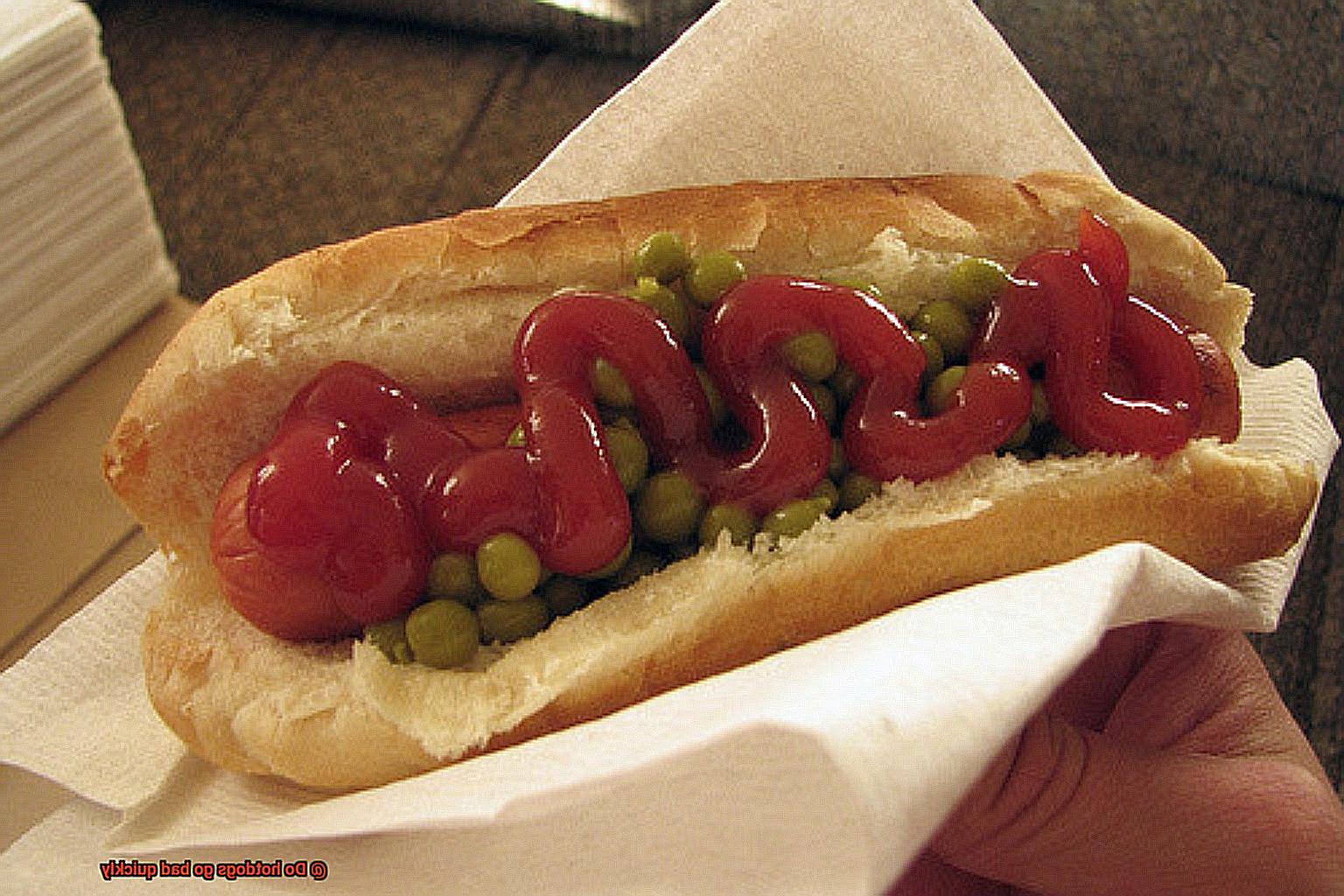
Smoke is the secret ingredient that infuses meat with its distinct smoky flavor. Flipping the ribs allows for better smoke penetration on both sides, ensuring an even and balanced flavor profile. No more worrying about one side being smokier than the other.
Disadvantages of Flipping Ribs:
Risk of Meat Falling Apart:
Ribs can be delicate, and mishandling them during flipping can cause them to fall apart. This not only affects their visual appeal but also leads to potentially uneven cooking. Handle the ribs with care, using tongs or a wide spatula when flipping, to prevent this mishap.
Loss of Moisture:
Flipping ribs exposes them to additional air and heat, which can contribute to moisture loss. However, you can combat this by employing techniques such as basting or spritzing the ribs with a liquid (like apple juice or a vinegar-based mop sauce) to keep them moist. Monitoring the cooking temperature and using a water pan in your smoker can also help retain moisture.
Interruption of Cooking Process:
Flipping ribs requires opening the smoker or grill, which can disrupt the cooking process by allowing heat and smoke to escape. This may slightly extend the overall cooking time and impact the consistency of the temperature inside the smoker. To minimize this disruption, flip the ribs quickly and efficiently, reducing the time the smoker is open.
Why Experts Don’t Recommend Flipping Ribs?
Some argue that flipping the ribs helps to ensure even cooking and prevents one side from becoming too charred or burnt. However, when it comes to the advice of experts, the consensus is clear – flipping ribs is not recommended. So why do the pros discourage this seemingly innocent act of turning your ribs over? Let’s dig into the juicy details.
First and foremost, flipping those succulent slabs of meat can disrupt the cooking process. When you flip your ribs, you expose them to temperature fluctuations and mess with the formation of that heavenly bark on the surface. The bark is like a flavor-packed armor that develops during smoking, and flipping can ruin its creation, leading to less desirable results.
But that’s not all. Flipping ribs also increases the risk of dryness. Juices, those precious nectar of tenderness, tend to pool on one side of the ribs. When you flip them, you lose these essential fluids, resulting in drier meat. And let’s face it, nobody wants dry ribs at their backyard cookout.
And here’s another sizzling fact: flipping ribs can extend the overall cooking time. Every time you open that smoker to flip those bad boys, heat escapes, and it takes precious time for the temperature to stabilize again. This means you end up spending more time waiting for those mouthwatering ribs to be ready.
Oh, and don’t even get me started on the potential disaster of your ribs falling apart or sticking to the grill grates. Ribs require a gentle touch, and too much flipping can cause them to lose their shape or break apart. Trust me, there’s nothing worse than presenting a plate of rib shrapnel to your hungry guests.
Now, before you start feeling discouraged, remember that not all hope is lost. Experts have some tried-and-true tips to achieve tender, flavorful smoked ribs without the need to flip. First, make sure your smoker is properly preheated and at a consistent temperature. Second, place your ribs bone-side down on the grill grates for even heat distribution. And finally, resist the temptation to constantly check on or flip those ribs – just let them work their magic undisturbed.
Alternatives to Flipping Ribs
We all adore a delectable rack of smoked ribs, but let’s be honest – flipping those bad boys can be quite the hassle. But fear not, my fellow pitmasters, for I have some incredible news for you. There are indeed alternatives to flipping ribs that will still deliver that tantalizing, fall-off-the-bone perfection you crave. So don your apron and let’s delve into these game-changing methods.
First and foremost, we have the ever-reliable rib rack or rib holder. These nifty contraptions stand your ribs upright, allowing for superior airflow and even cooking. No more flipping required. Just nestle those succulent ribs into the rack and let the heat work its magic from all angles. It couldn’t be simpler.
Now, let’s turn our attention to the enchantment of indirect heat. This technique involves placing your ribs on one side of the grill or smoker while a drip pan filled with liquid (such as water or beer) resides on the other side. The heat source is positioned beneath the drip pan, creating a gentle and indirect cooking environment. The result? Ribs that cook evenly without any need for flipping.
But wait, there’s more. Let us explore the realm of flavor infusion. Enter the smoker box or wood chips. By adding soaked wood chips to your grill or employing a smoker box brimming with these aromatic wonders, you can impart that luscious smoky essence to your ribs without the pesky task of flipping. Sit back, relax, and allow those wood chips to work their magic.
Concerned about dryness? Fret not, my friends. Basting or mopping your ribs during the smoking process can revolutionize your culinary endeavors. Regularly brushing on a marinade, sauce, or even a tantalizing blend of apple juice and vinegar will ensure moist and tender ribs without the need for flipping. Not only that, but each bite will be bursting with amplified flavor.
Last but certainly not least, we have the tried-and-true low and slow method. This culinary masterpiece involves cooking your ribs at a low temperature (around 225°F) for an extended period. By indulging in this leisurely process, the heat is evenly distributed, resulting in tender and flavorful ribs that require no flipping whatsoever. It’s truly a win-win situation.
Pitmaster Preferences
When it comes to flipping ribs while smoking, pitmasters have their own unique preferences and techniques. Let’s dive into the world of these grill masters and explore the different approaches they take.
First, we have the flip-fanatics. These pitmasters firmly believe that flipping the ribs during the smoking process is crucial for achieving even cooking and flavor distribution. They argue that by giving both sides equal time in the smoke, you’re ensuring a perfectly balanced and mouthwatering end result. Flipping also helps to prevent one side from getting too charred and keeps those precious juices flowing through the meat. For these pitmasters, flipping is a fundamental step in achieving barbecue perfection.
On the other hand, we have a group of pitmasters who prefer to let their ribs be. These rib rebels believe in leaving those beauties undisturbed, allowing the heat and smoke to work their magic on one side. They argue that this approach creates an irresistible crust and enhances the flavor profile of the meat. By not flipping, they claim to achieve a more intense smoky flavor and a beautifully caramelized bark.
So, which approach is right for you? Well, my friend, it all comes down to personal preference. Some pitmasters have honed their technique over years of trial and error, while others simply lean towards one method based on taste preferences. The key is to experiment with both approaches and see what tickles your taste buds.
Remember, there’s no one-size-fits-all answer when it comes to flipping ribs while smoking. It’s all about finding your own groove and perfecting your technique. So fire up that grill, grab your tongs, and get ready to create some finger-lickin’ good ribs.
Factors for Successful Rib Smoking
Prepare to embark on a smoky journey that will take your taste buds to new heights. Smoking ribs is an art form that demands skill, patience, and meticulous attention to detail. In this article, we will delve into the essential factors that contribute to successful rib smoking. So, don your aprons and join us on this mouthwatering adventure.
Temperature Control:
Maintaining a consistent temperature is the backbone of successful rib smoking. Fluctuations can wreak havoc on your cooking time and result in unevenly cooked ribs. Invest in a reliable smoker with excellent heat retention capabilities, such as a charcoal or pellet smoker. Aim for a temperature range between 225°F and 250°F for that perfect tenderness.
Smoking Wood Selection:
Choosing the right smoking wood is like adding the final brushstrokes to a masterpiece. Experiment with different types of wood, such as hickory, applewood, or mesquite, to impart unique flavors to your ribs. Each wood has its own personality that can enhance the taste of the meat. Let your creativity run wild, but always choose a wood that complements your desired flavors.
Dry Rub and Marinade:
Before the magic happens, it’s time to pamper those ribs with a flavorful dry rub or marinade. Dry rubs consist of spices, herbs, and sugar generously applied to the meat surface. Alternatively, marinades involve soaking the ribs in a liquid mixture to infuse flavor. Both options tenderize the meat and add depth to its taste. It’s all about finding the perfect balance of flavors that tickle your palate.
Meat Preparation:
Preparing the ribs properly is like laying the foundation for a beautiful structure. Remove the silver skin membrane from the back of the ribs for better seasoning penetration and tenderness. Trim excess fat to prevent flare-ups and ensure even cooking. Attention to detail in this step will pay off in the final result.
Cooking Time and Technique:
Slow and low is the mantra of rib smoking. Allow the ribs to cook at a low temperature for an extended period, letting them become tender while developing that smoky goodness. On average, smoking ribs takes 4 to 6 hours, depending on thickness and desired tenderness. Keep an eye on the internal temperature using a meat thermometer to ensure they reach a safe minimum of 145°F.
Mopping or Spritzing:
Now we enter the world of rib smoking techniques. Some pitmasters swear by the art of mopping or spritzing ribs during the smoking process. Basting the ribs periodically with a liquid mixture keeps them moist and adds an extra layer of flavor. Get creative with combinations like apple cider vinegar or fruit juices and spices that tantalize your taste buds.
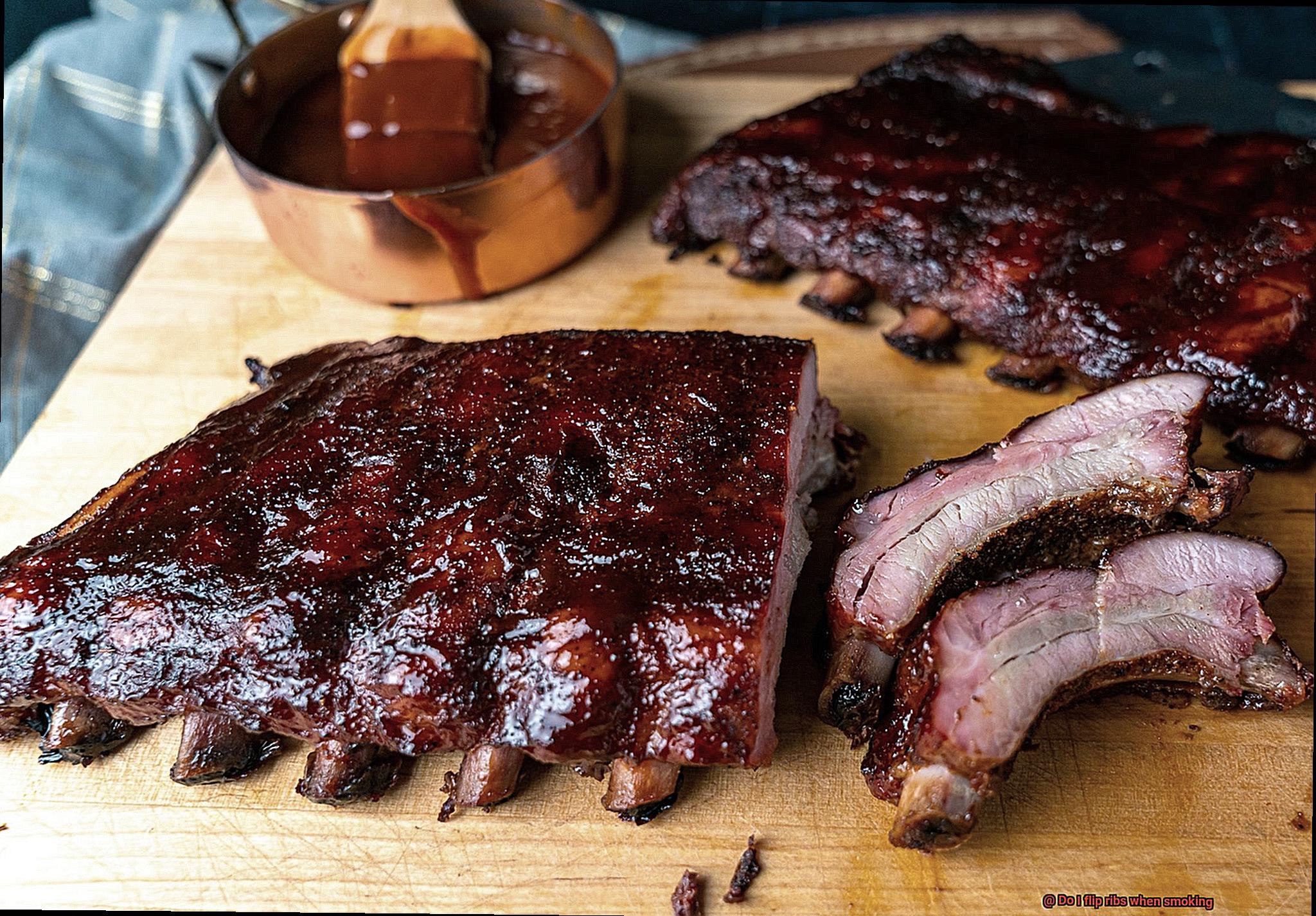
Resting Period:
Patience is rewarded in the world of rib smoking. Allow those succulent ribs to rest for a few minutes before serving. This lets the meat fibers relax and redistribute their juices, resulting in more tender and flavorful bites. To retain heat during this crucial stage, loosely tent the ribs with foil.
Tips for Beginners on Smoking Ribs
Smoking ribs is not simply about cooking meat; it is an art form that creates a mouthwatering experience. For beginners, it is essential to understand the basics and learn the nuances behind this flavorful process. In this guide, we will take you on a journey of selecting high-quality ribs, preparing them for smoking, and mastering temperature control. Get ready to impress your friends and family with tender, juicy, and delicious smoked ribs.
Choosing the Perfect Ribs:
When it comes to smoking ribs, quality is paramount. Look for ribs with exquisite marbling – those luscious streaks of fat that run through the meat, ensuring moistness and immense flavor. Whether you opt for succulent baby back ribs or robust spare ribs, make sure they come from a trusted butcher or grocery store where the highest standards are upheld.
Preparing the Ribs:
Before smoking, preparing your ribs properly is crucial to maximize their flavor potential. Begin by removing the membrane from the back of the rack. Gently loosen a corner with a knife and peel it off using a paper towel. This simple step allows the smoke and seasonings to permeate the meat thoroughly.
The Rub:
Elevate your ribs’ flavor profile by applying a divine dry rub or marinade. Create your own blend of spices like a tantalizing symphony of salt, pepper, paprika, garlic powder, and onion powder. Generously coat all sides of the ribs with this magical concoction and let them rest for at least 30 minutes. During this time, the flavors will meld harmoniously with the meat.
Temperature Control:
Mastering temperature control is pivotal in achieving tender and flavorful ribs. Invest in a digital thermometer to monitor both the smoker’s temperature and the internal temperature of your meat. Aim for an ideal smoking temperature of around 225°F (107°C). This low and slow cooking process allows the flavors to develop and the meat to become tender and succulent.
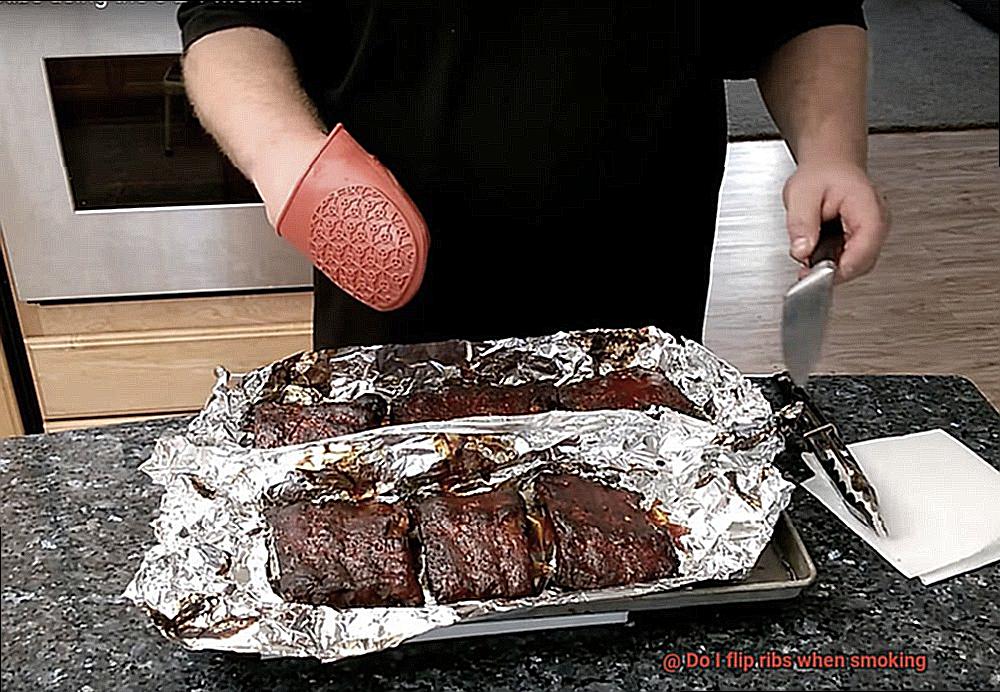
Wood Selection:
Choosing the right wood for smoking is a crucial aspect that adds an extra layer of complexity to your ribs. Embark on a sensory adventure by experimenting with diverse options. Opt for hickory if you desire a robust taste, applewood for a delicate hint of sweetness, or mesquite for a bold and smoky profile. Each wood imparts its unique characteristics, creating a symphony of flavors that will captivate your taste buds.
Moisture is Key:
Maintaining moisture during the smoking process is vital to prevent your ribs from drying out. To achieve this, utilize a water pan or spray bottle. These ingenious tools add moisture to the cooking environment, ensuring that your ribs remain juicy and tender throughout the smoking journey. Enhance the flavors further by spritzing with apple juice or a tantalizing mixture of apple cider vinegar and water.
Benefits of Not Flipping Ribs
Smoking ribs is not just about the delicious end result, but also about the process itself. One technique that can elevate your rib smoking game is to resist the temptation to flip them during the cooking process. In this blog post, we will explore the benefits of not flipping ribs, ranging from enhanced flavor and consistent temperature to better bark formation and tender meat. So grab your apron and let’s dive into the world of mouthwatering smoked ribs.
Enhanced Flavor:
By not flipping your ribs, you allow the natural juices and flavors to remain intact. As the ribs cook, these juices infuse the meat, resulting in a more intense and concentrated taste experience. Flipping them prematurely can cause these precious juices to drain out, leading to a loss of flavor and tenderness. Imagine sinking your teeth into succulent ribs bursting with juicy goodness.
Consistent Temperature:
Maintaining a consistent temperature throughout the smoking process is crucial for achieving tender and succulent meat. Flipping your ribs requires opening the smoker or grill, which can cause fluctuations in temperature. By leaving them undisturbed, you ensure that they cook evenly and at a steady temperature. This allows for a slow and steady breakdown of collagen and connective tissues, resulting in melt-in-your-mouth ribs.
Better Bark Formation:
The bark, or outer crust, is one of the highlights of smoked ribs. By not flipping them, you allow the bark to develop and caramelize on one side, creating a rich and flavorful exterior. Flipping can disturb this process and prevent the desired crust from forming. Picture perfectly caramelized bark with a smoky aroma that will make your taste buds dance.
Tender Meat:
Longer cooking time on one side without flipping helps break down collagen and connective tissues in the meat, resulting in tender and juicy ribs that easily fall off the bone. This slow cooking method allows for maximum tenderness and flavor development. Flipping prematurely can disrupt this process and lead to tougher meat. Imagine effortlessly pulling apart ribs that are so tender they practically melt in your mouth.
Time Efficiency:
Not flipping ribs can save you time and effort during the smoking process. With one less task to worry about, you can focus on other important aspects, such as preparing delectable side dishes or simply enjoying quality time with your guests. Additionally, by maintaining a consistent temperature without interruptions, your ribs are likely to cook more efficiently, saving you precious minutes without compromising on taste.
Presentation:
Smoked ribs are not just a treat for the taste buds but also a feast for the eyes. By not flipping them, you allow for a more uniform appearance with an attractive crust on one side. This visually appealing presentation can impress your guests and make your smoked ribs even more appetizing. After all, we eat with our eyes first.
BOKBtCt6Ch0″ >
Conclusion
When it comes to smoking ribs, the question of whether or not to flip them is a hot topic among pitmasters.
Some argue that flipping the ribs helps to evenly distribute the heat and smoke, resulting in a more tender and flavorful end product. Others believe that leaving the ribs undisturbed allows them to develop a beautiful bark on one side while retaining their moisture on the other.
Factors such as personal preference, cooking method, and equipment can all play a role in determining whether or not flipping is necessary. Ultimately, it’s up to you to experiment and find what works best for your taste buds.
But remember, no matter which camp you fall into, patience and attention to detail are key when smoking ribs to perfection.

